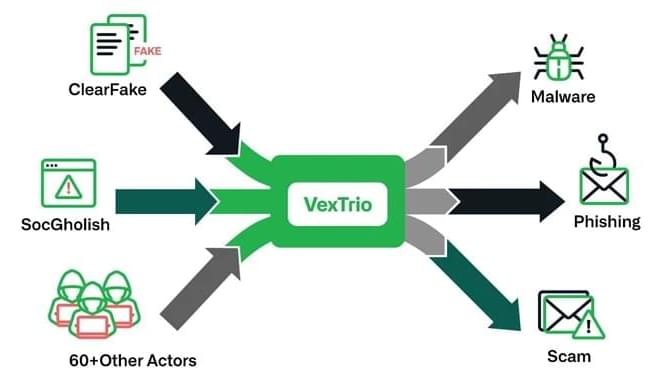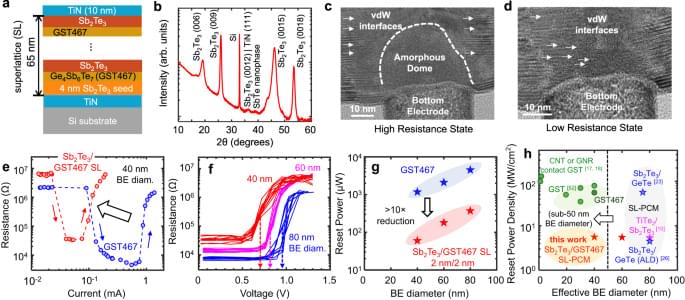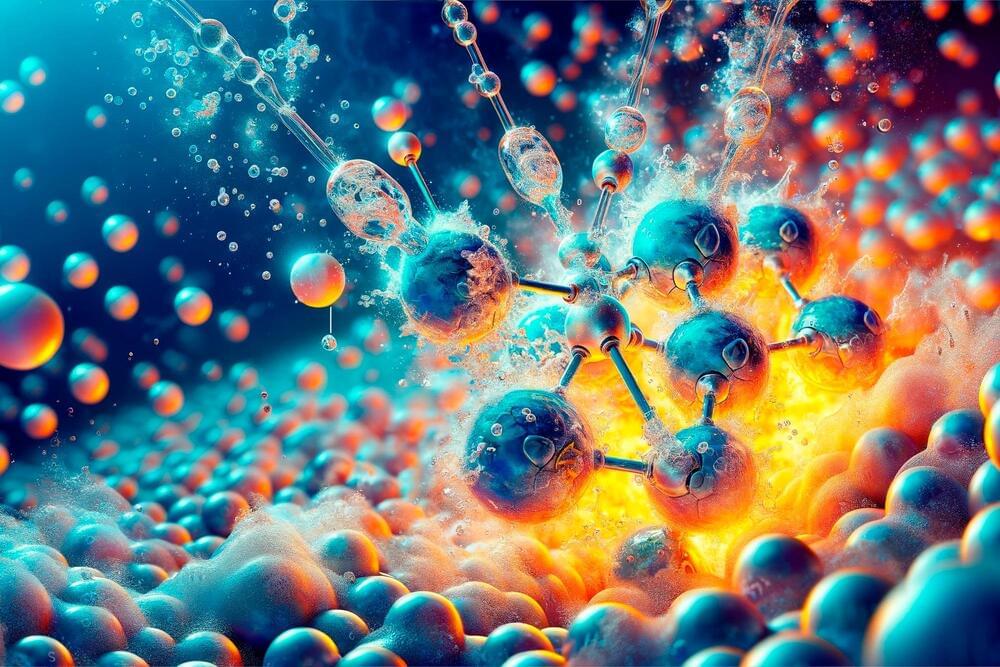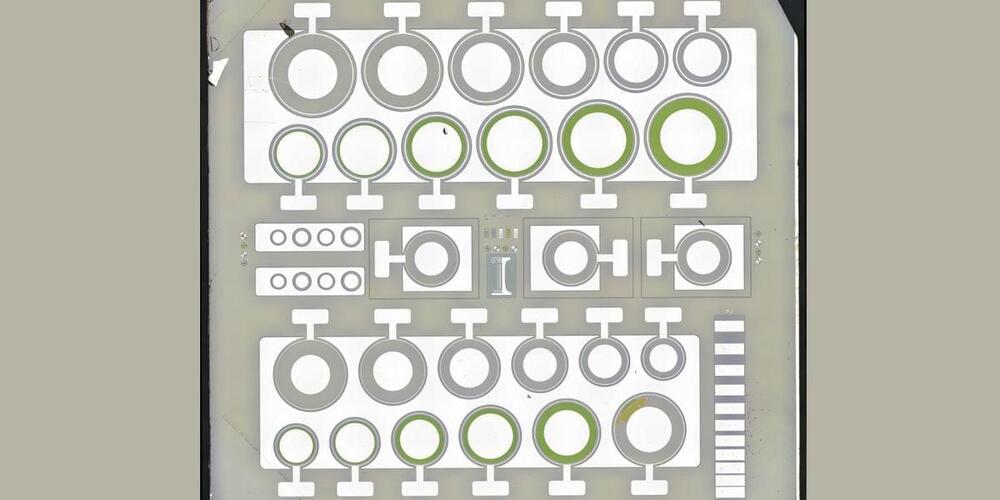VexTrio, the shadowy entity controlling a massive network of 70,000+ domains, is finally in the spotlight. This “traffic broker” fuels countless scams & malware campaigns, including ClearFake, SocGholish, & more. Read:
The threat actors behind ClearFake, SocGholish, and dozens of other actors have established partnerships with another entity known as VexTrio as part of a massive “criminal affiliate program,” new findings from Infoblox reveal.
The latest development demonstrates the “breadth of their activities and depth of their connections within the cybercrime industry,” the company said, describing VexTrio as the “single largest malicious traffic broker described in security literature.”
VexTrio, which is believed to be have been active since at least 2017, has been attributed to malicious campaigns that use domains generated by a dictionary domain generation algorithm (DDGA) to propagate scams, riskware, spyware, adware, potentially unwanted programs (PUPs), and pornographic content.







